THE Lois Webster Fund
Supporting Colorado non-game wildlife research, education, and conservation
It was always Lois’ dream to create this fund and, when in 1995—on her 75th birthday—her friends and family generously donated, the Lois Webster Fund (LWF) was started, giving life to her dream.
To further its impact, each year the LWF relies on the contributions from generous donors to enable researchers to find answers to questions important for conservation; to engage learners of all ages in research; to educate about Colorado non-game wildlife and threats to their populations; and to provide support for restoring and managing habitats and populations of our beloved Colorado non-game wildlife.
Give and help carry Lois Webster’s inspiration forward.
We thank you (non-game wildlife does, too)!

Mission
To fund Colorado non-game wildlife research and education projects that lead to conservation of these species and their habitats.
History
Since its founding in 1995, the Lois Webster Fund (LWF) has awarded 72 grants totaling over $167,319 to non-profits, students, and teachers associated with higher education and schools, as well as local, state, and federal public land and natural resource agencies. Grantees are required to partner with like organizations, thus ensuring the LWF grants have impacts far beyond their face value.
Current Projects
2024 Projects
Assessing Climate Risk in Alpine Finch Species
How do alpine birds survive in a warming world with nowhere higher to go? Erica Robertson’s project, Assessing Climate Risk in an Alpine Finch Species, explores how the Brown-capped Rosy Finch may be adapting to climate change—focusing on the microscopic structure of their feathers. Despite a challenging field season with limited captures due to deep snow and scattered populations, Erica collected valuable environmental and genomic data. With support from the Lois Webster Fund, she’s expanding her research by analyzing museum specimens spanning over a century to trace genetic and morphological changes over time. This blend of historical and modern data could reveal how climate pressures shape local adaptation—and which finch populations may be most vulnerable or resilient. Stay tuned as this research continues to unfold new insights into how alpine wildlife is responding to rapid environmental change.
San Luis Valley Great Outdoors
With support from the Lois Webster Fund, San Luis Valley Great Outdoors (SLV GO!) is teaming up with Rocky Mountain Wild to develop a powerful new decision-support tool for balancing recreation and wildlife conservation. The Planning for Wildlife tool combines detailed mapping of recreational use with habitat data for species of conservation concern—like elk, cutthroat trout, and the southwest willow flycatcher. Using a science-based model inspired by Envision Chaffee County, the tool identifies areas best suited for recreation, those needing careful management, and critical habitats to avoid. It’s designed to help land managers, local governments, and community groups make smart, wildlife-conscious decisions about where—and how—recreation happens across the San Luis Valley. Final maps and interactive features will be available through Colorado’s Conservation Data Explorer (CODEX) by early 2025, offering a new path forward in protecting nature while sustaining the Valley’s outdoor recreation opportunities.
Effects of Drought and Pollution on Migrating Birds
How do drought and pollution silently affect migrating birds? Megan Miller’s research at CSU Pueblo, supported by the Lois Webster Fund, explores the sub-lethal physiological impacts of climate events on songbirds. By measuring oxidative stress—a balance between harmful molecules and antioxidants—across species and diet types, Megan is investigating how extreme weather, wildfire smoke, and food availability affect migratory survival. In 2024, her team banded over 1,500 birds and collected oxidative stress data from more than 600 individuals, including during a wildfire smoke event. Early lab results suggest a potential link between poor muscle condition and elevated antioxidant activity, with more data analysis underway. This work could reveal how different bird species—and even their diets—may buffer or worsen the impacts of a changing climate. Final analysis is expected by summer 2025, offering insights that could guide conservation priorities for vulnerable migratory species.
Homestake Valley Bioblitz
Wetlands are Colorado’s rarest and most ecologically productive landscapes, supporting up to 80% of the state’s wildlife while covering just 1.5% of its land. The Homestake Valley wetlands show moderate to high ecological integrity and serve as vital breeding habitat for birds and a range of essential ecosystem services—like filtering water, mitigating floods, and sustaining stream flows. Climate change and human activities have severely impacted these systems, reducing snowpack and altering streamflow across the West. Conserving wetland types like fens, wet meadows, and riparian wetlands is critical, as they offer resilience against climate threats, support biodiversity, and provide thermal refuges and connectivity for wildlife. Bird surveys reveal high conservation value at Homestake, especially as bird populations across North America have declined by 2.9 billion since 1970. Protecting Homestake’s wetlands will help preserve native biodiversity, maintain critical hydrology, and enhance resilience in the face of a warming and increasingly altered world.
Past Projects and Reports
Please review past projects dating back to 2002 and download the reports.
Apply for a Grant
The Lois Webster Fund (LWF) was established in 1995 as a committee of Denver Audubon to support Colorado non-game wildlife research and education projects that lead to the conservation of these species and their habitats. LWF typically funds projects ranging from $500-$5000. This year the LWF has a total of $19,000 to award. Awards are for one year, but successful grantees may reapply for additional year(s) of funding.
See this link for previously funded projects and final reports.


